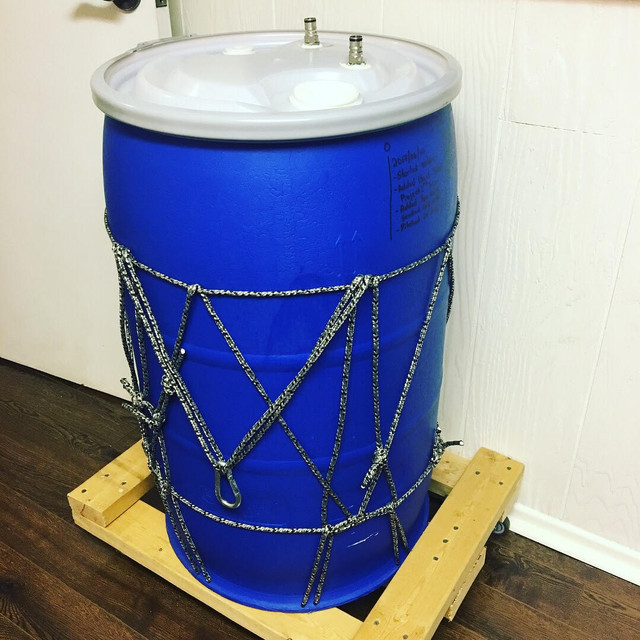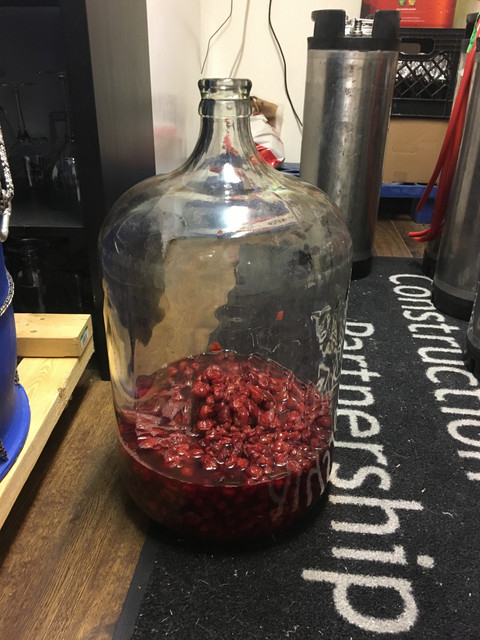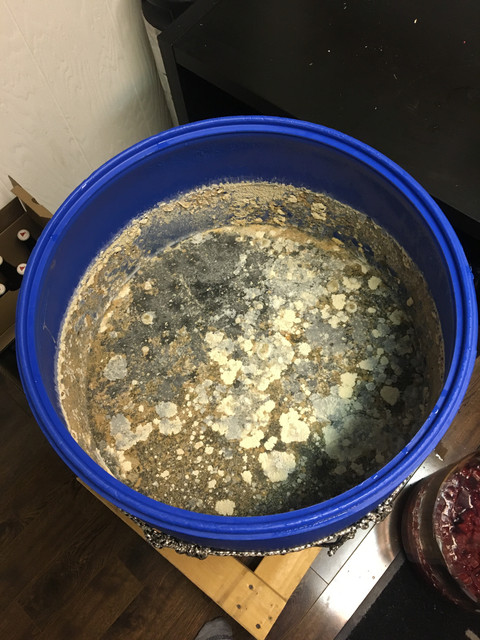DeMerchant
Well-Known Member
Are you considering setting up additional, smaller, tiers of solera? I would think that could help with getting a wider variety of flavors in your beers which you could use in blending. Just having one 30 gal batch seems a bit limiting.
I've considered it, but don't really have the room. At some point I'm sure I'll have to move, and moving a 30gal barrel doesn't sound like much fun so... I also have a couple of 15 gal cornies that would be a lot easier for this. Maybe it I get into a permanent house or something I'd do some of those. I do also have a 15gal demijohn of lambic (although it might be more of a golden sour).
Here's a pic of my solera!



 [/url
[/url [/url
[/url